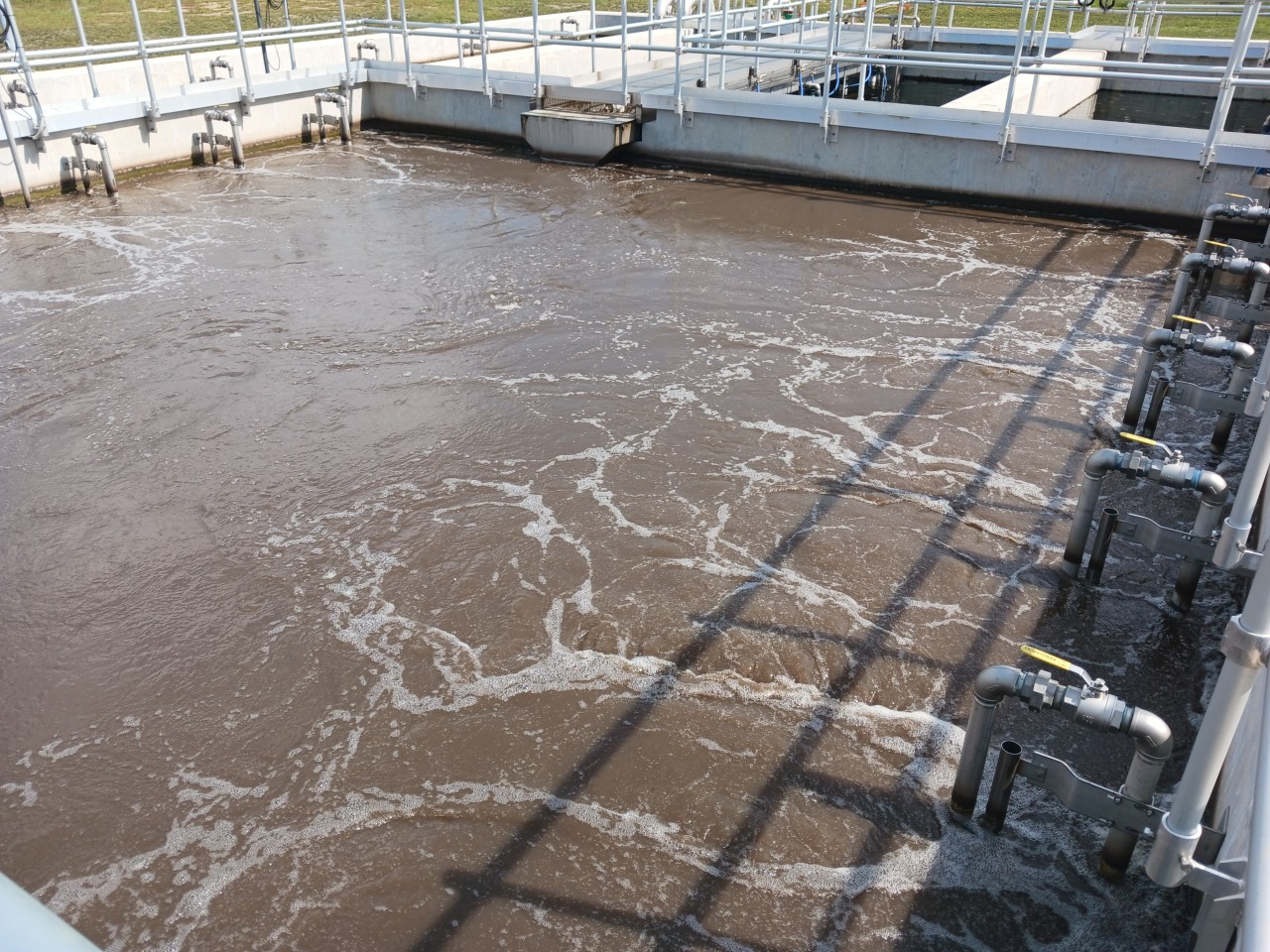Boost effluent quality and efficiency with aeration basins in wastewater treatment upgrades
If you're exploring upgrades within your publicly owned treatment works (POTW), consider constructing an aeration basin in your community's wastewater treatment plant (WWTP) to improve effluent quality and save on high energy costs.
Let's focus on four questions to explore aeration basins:
Importance of aeration basins in wastewater treatment
Aeration is a critical step in an activated sludge process that promotes microbial growth in wastewater. It is the most energy-intensive process, accounting for 25-60% of a plant's total power consumption.
Why is aeration necessary in wastewater treatment?
Microbes cannot break down organic matter without proper aeration, resulting in septic tank conditions and inefficient wastewater treatment. Adding oxygen to sewage stimulates microbial activity, which promotes aerobic degradation of the organic contaminants.
During secondary treatment, sewage is pumped into an aeration tank and mixed with air and activated sludge. In this ideal environment, microorganisms break down organic matter into by-products and the sludge can be reused for incoming sewage
What is the function of the aeration basin in the activated sludge process?
The are four key components in the activated sludge process:
- An aeration basin. This tank serves as a bioreactor where artificial aeration promotes the biochemical oxidation of wastewater.
- A settling tank. Also known as clarifier settler or final clarifier, this tank separates the activated sludge (AS) solids and treated wastewater.
- A return-activated sludge (RAS) system. It transfers the settled activated sludge from the clarifier to the influent of the aeration tank.
- A waste activated sludge. It removes a portion of the RAS to maintain a proper food-to-microorganism balance in the aeration tank
What are the different types of aeration systems?
Aeration systems are primarily categorized into mechanical and diffused aeration. Mechanical aeration operates from an aeration tank's surface, while diffused aeration operates from the bottom of the tank.
The following table highlights a few differences between the two aeration types.
A majority of older models of aeration systems are mechanical systems. However, more plants are turning to diffused aeration because of its cost-efficiency. Compare wastewater aeration systems to determine the most effective option for your local WWTP.
What is the difference between an aerated lagoon and an aeration basin?
An aerated lagoon is a pond that uses aeration devices to provide dissolved oxygen. An aerated lagoon uses a relatively large volume and low intensity aeration.
An aeration basin increases the oxygen in wastewater and facilitates the activated sludge process to encourage microbial growth in secondary wastewater treatment. An aeration basin uses a relatively small volume but provides high intensity aeration.
Partner with Fehr Graham to bring aeration basins to your community
At Fehr Graham, we are a dedicated team of professionals partnering with Midwest communities to upgrade wastewater infrastructure. Our experience and expertise in wastewater engineering have helped municipalities retrofit and upgrade WWTPs to improve effluent quality and protect the environment. From evaluating, planning and designing wastewater treatment solutions to securing funding for upgrades, we are a one-stop shop for wastewater engineering requirements in your community.
To learn more about the importance of aeration basins in wastewater treatment and how Fehr Graham can help you with WWTP upgrades, contact us or give us a call at 563.927.2060.
 |
Lucas Elsbernd, a Professional Engineer and Senior Project Manager, finds innovative solutions to challenging water and wastewater projects. He manages municipal, commercial and industrial planning and design projects in the water resources environment. He fosters a positive client experience and collaborates with leaders throughout the firm on project pursuits and technical issues. Lucas is one of the firm’s water and wastewater experts. He has a strong technical knowledge of water and wastewater treatment design and construction engineering. He can be reached at |
Collaborative, Insightful, Results-Driven Solutions
Fehr Graham provides innovative engineering and environmental solutions to help improve the lives and communities of our customers.

